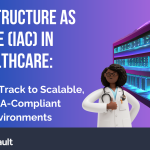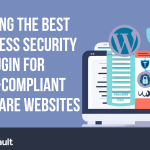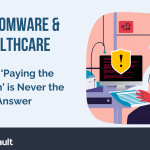Connectivity seems to be all the rage these days, as the Internet of Things (IoT) continues to invade even our most common devices.
From home thermostats to gas meters (with built-in, real-time leak-detection capability that can send alerts and potentially save lives), to our “AI assistants” Alexa and Google Home, IoT is rapidly changing the way we collect useful information. Even some vending machine companies have installed “geo-awareness” to allow hungry customers to scan their proximity for the nearest, desired snack.
The ramifications of this technical revolution, of course, are myriad, and there appears to be no end in sight. The proliferation of powerful sensing devices is touching almost every field, including personal fitness, automobiles, and home appliances. It’s happening now.
Expect to see an increase in the number of sensors for the home especially, providing a depth of performance analytics that will be desired by both utility providers and their customers.
For data management companies, IoT means, among other things, that databases will need to handle time-stamped data for identification and analysis of real-time performance characteristics.
Server storage facilities will also need to grow to handle the explosion of new and available information. “Big data” is rapidly becoming very-big, or “mega data.”
How Will all this Data be Secure?
In addition, data protection will become an increasingly key component in the IoT revolution. This is true not only on a global scale but also on the local network security level.
Expect to see this especially in the realm of personal, protected information. For example, wearable scanning and monitoring devices can promote health awareness and potentially trigger alerts about disease processes; however, once this sensitive medical data is sent streaming across the internet, the issue of how it will be kept private and secure becomes paramount.
Vulnerability scanning tools and services will also need to adapt, able to provide round-the-clock vigilance for this real-time data stream. Hacking remains the primary means of data attacks, accounting for 63% of all breaches.
While 2017 may have seen a slight decline in the global average cost per stolen record (from $158 in 2016 to $141 last year), data breaches are increasing in frequency and complexity. In 2017, the average size of a breach increased 1.8 percent, to 24,000 records.
Important security measures like forced credential changes and required HTTPS for web access will need to be emphasized, as anticipated protections become more engrained in the developer’s mindset. (One such effort to attempt national standards for these things was The Internet of Things Cybersecurity Improvement Act of 2017.)
Additionally, network designs and architectures must also evolve, beginning at the design level, in order to account for greater scalability needs and added security requirements.
Managed security service providers like HIPAA Vault are sure to play a key role in this technical revolution, keeping pace staying with the latest vulnerabilities and the growing need to protect HIPAA data.
This is to be expected as IoT expands its reach; no doubt, the need to capture, process, and store greater and greater amounts of personal health data is already happening. The future is here.




